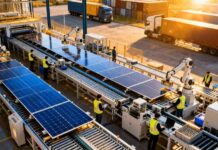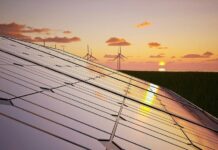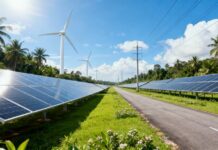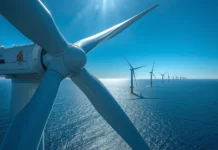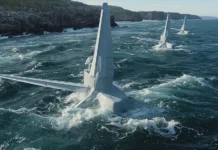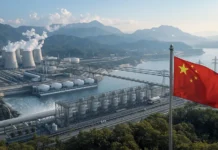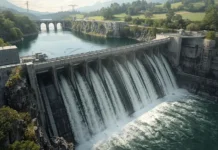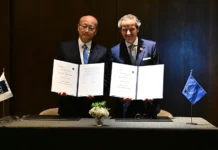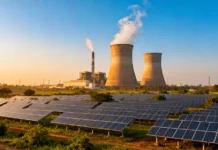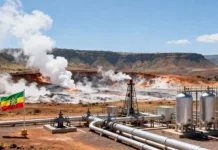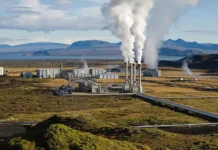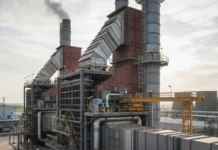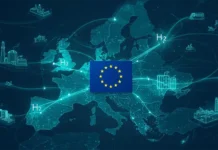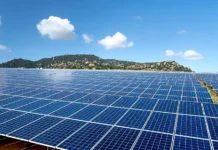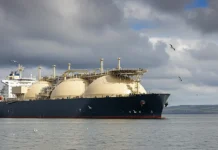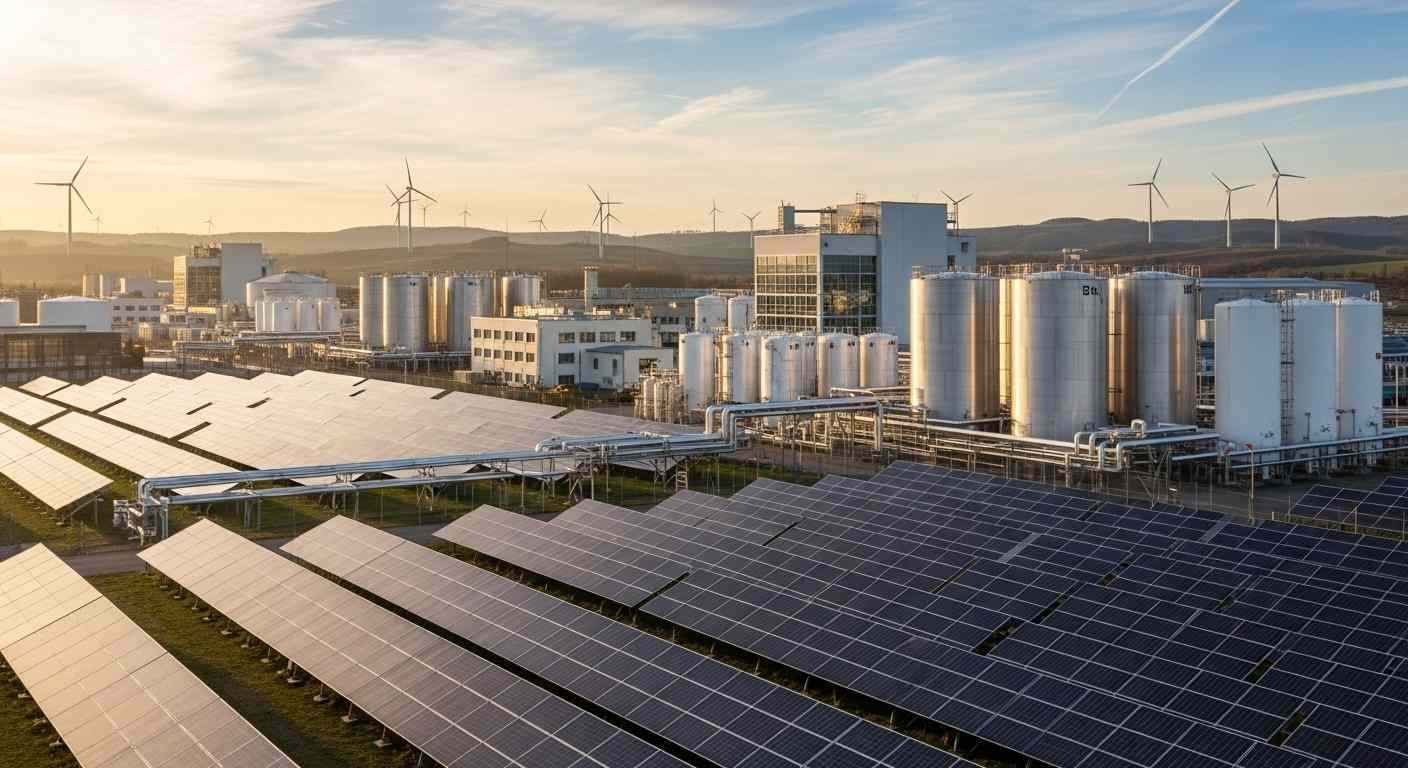Google has announced a long-term worldwide cooperation and investment in Energy Dome. This is the company’s first move into long-duration energy storage (LDES) and adds to its collection of sophisticated sustainable energy technologies through the Google Energy Dome partnership. The objective is to use Energy Dome’s CO₂ Battery technology on a large scale and speed up the switch to carbon-free power around the clock in all of its activities.
Italy-based Energy Dome’s CO₂ Battery can store sustainable energy for 8 to 24 hours, which is a lot longer than the 4 hours that lithium-ion batteries can. This makes it easier for it to match the timing of renewable energy with the actual demand on the grid. Google said that the relationship will assist with a number of business ventures throughout the world and help address short-term power demands by 2030 as part of the Google Energy Dome partnership.
Italy’s Energy Dome created the CO₂ Battery, which can store sustainable energy for 8 to 24 hours—much longer than the 4-hour window that lithium-ion batteries usually have. This makes it easier for it to match the timing of renewable energy with the actual demand on the grid. Google said that the relationship will assist with many business ventures throughout the world and help address power demands in the near future by 2030.
Energy Dome’s method uses extra renewable power to compress CO₂ into a liquid, which stores energy. When the grid needs power, the CO₂ is allowed to expand back into a hot, pressurised gas that drives a turbine, which generates energy without carbon. “This process sends grid-ready power across important timeframes, just like steam escaping a pressure cooker.”
Energy Dome has already achieved several important goals. Its technology has been working on Italy’s grid for more than three years via a demonstration facility, and it now has a full-scale 20MW/200MWh commercial plant. There have also been contracts inked for commercial-scale projects in Italy, the US, and India.
The Google Energy Dome partnership highlights how lithium-ion batteries, while helpful in the near term, can’t cover all renewable energy demands. LDES addresses that need.
The Electric Power Research Institute conducted research that shows LDES is a cost-effective way to add additional renewable energy and make the system more flexible. The LDES Council thinks that deploying up to 8 TW of power throughout the world by 2040 could generate $540 billion in annual savings.
Google thinks that Energy Dome’s solution is one of the most ready-for-business possibilities in its advanced energy innovation pipeline. It can grow quickly, so it’s a good asset to have in the short term along with Google’s other capabilities, like demand response in data centres.
Google is also supporting a wider range of LDES technologies via commercial partnerships and early-stage investments to help get the industry ready. This endeavour goes hand in hand with legislative advocacy to make sure that clean energy markets prioritise reliable and adaptable carbon-free power sources.
This investment and strategic relationship will help Google speed up the commercialisation of Energy Dome’s CO₂ Battery and build a more robust, low-carbon global electrical grid.



